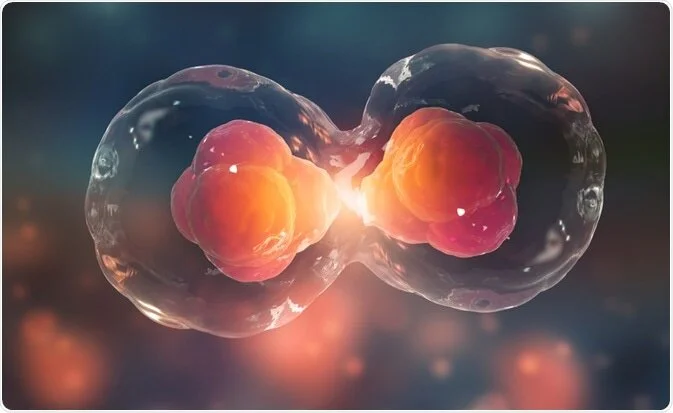Artificial chromosomes are constructed in the laboratory that contain DNA sequences and perform the primary functions of natural chromosomes. Artificial chromosomes are used for many purposes, such as introducing and controlling new DNA into a cell, studying how chromosomes function, and mapping genes in genomes. Here, we’ll analyze how natural chromosomes function and how artificial chromosomes are created and utilized.
Natural Chromosome Function
Chromosomes are complex structures that dictate how genes can be translated into proteins and how existing genes are translated. According to the Biology Dictionary, “A chromosome is a string of DNA wrapped around associated proteins that give the connected nucleic acid bases a structure.”
Gene Expression
The process of translating genes is known as gene expression, which is responsible for creating organisms. Cellular molecules regulate genes and transcription, and do so by engaging or disengaging proteins.
Cell Division
Cell division occurs when a cell's DNA is distributed to daughter cells. There are two types of cell division in humans, including mitosis and meiosis. Mitosis is the process by which the cells produced by division have the same exact genetic information as the original cell. Meiosis is when the cells produced by division have only half the genetic information as the original cell.
Artificial Chromosome Function
Artificial chromosomes may be a promising tool in genetic therapy applications and have many advantages over the current system in place. Artificial chromosomes can replicate and segregate on their own, without integration into the host chromosome.
Mammalian Artificial Chromosome
Mammalian artificial chromosomes contain mammalian or human chromosomes. They are composed of repeated DNA sequences found at the natural centromeres of human chromosomes, which are referred to as alphoid DNA.
Mammalian artificial chromosomes are used as vectors for delivering large fragments of DNA to mammalian cells, and to whole animals for the expression of large genes. Despite their potential, they have not yet been used in practical applications.
Yeast Artificial Chromosomes
Yeast artificial chromosomes are used in yeast and mammalian cells to replicate the components of a single DNA molecule. According to Encylopedia.com, “In baker's yeast, telomeres, centromeres, and origins of replication have all been defined using genetics and have been cloned”. When these replications are assembled, they can grow into a small chromosome when placed in bacteria. This forms a vector capable of including up to a million bases of other DNA as a chromosome.
This can be utilized to analyze the properties of yeast chromosomes but has also been used in the early phases of genome mapping projects. They can also be used to find information on the inheritance of genetic diseases.
Resources:



